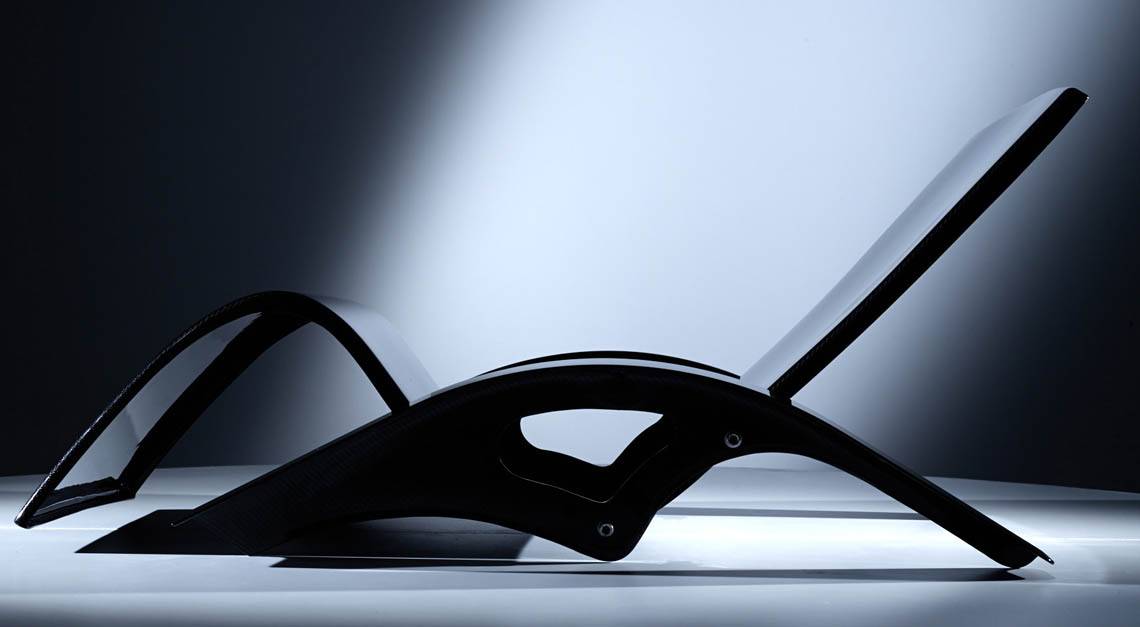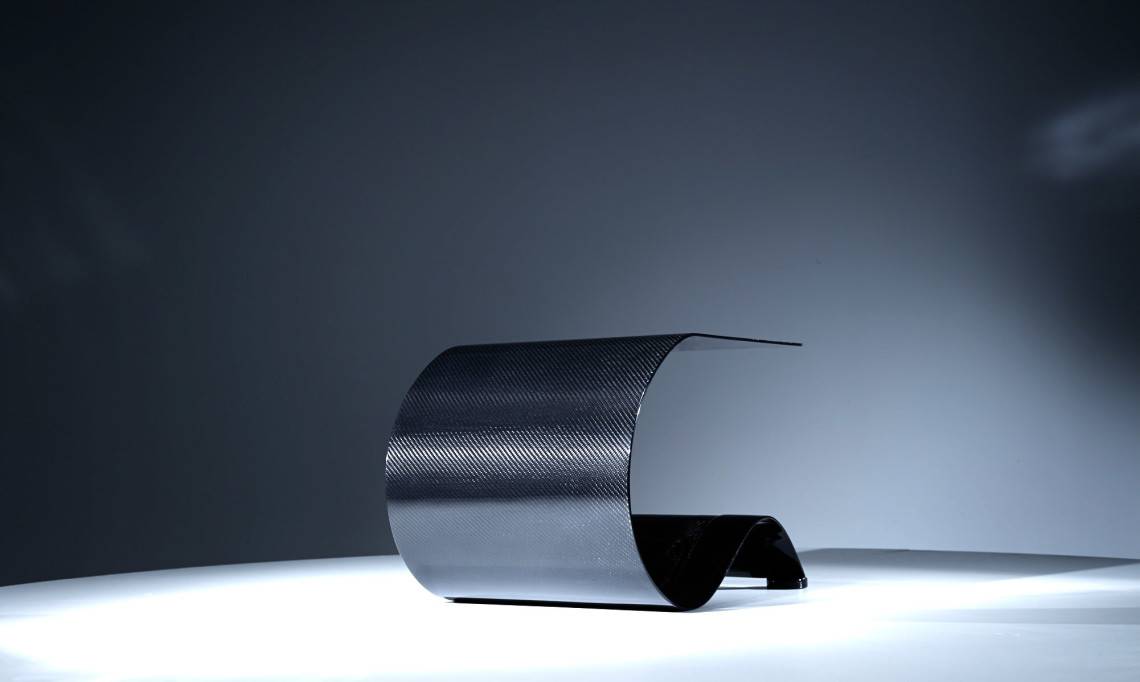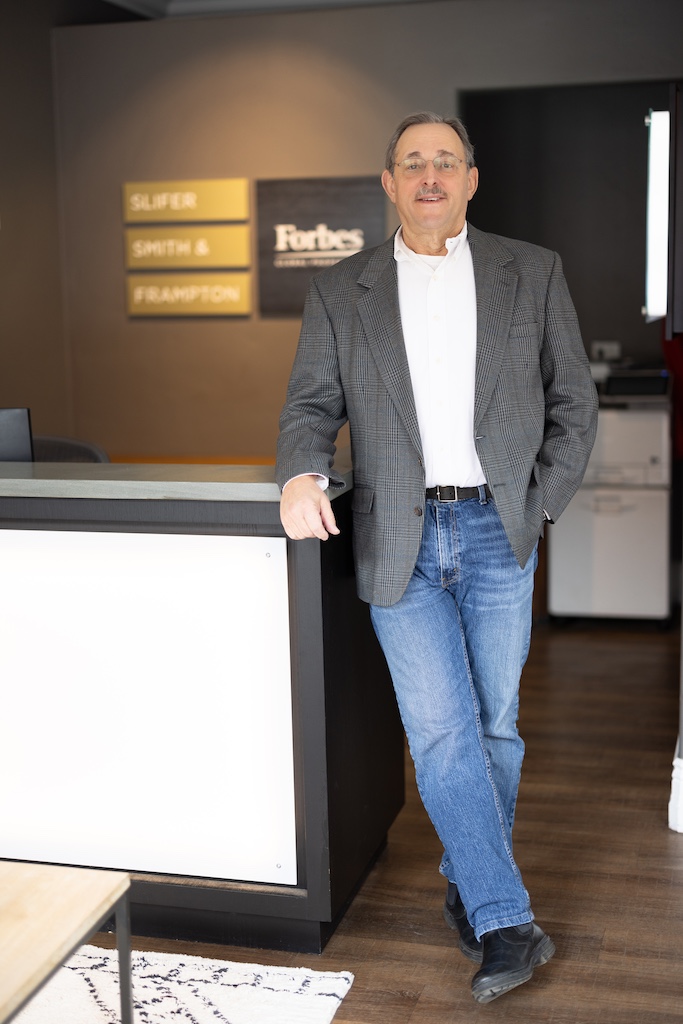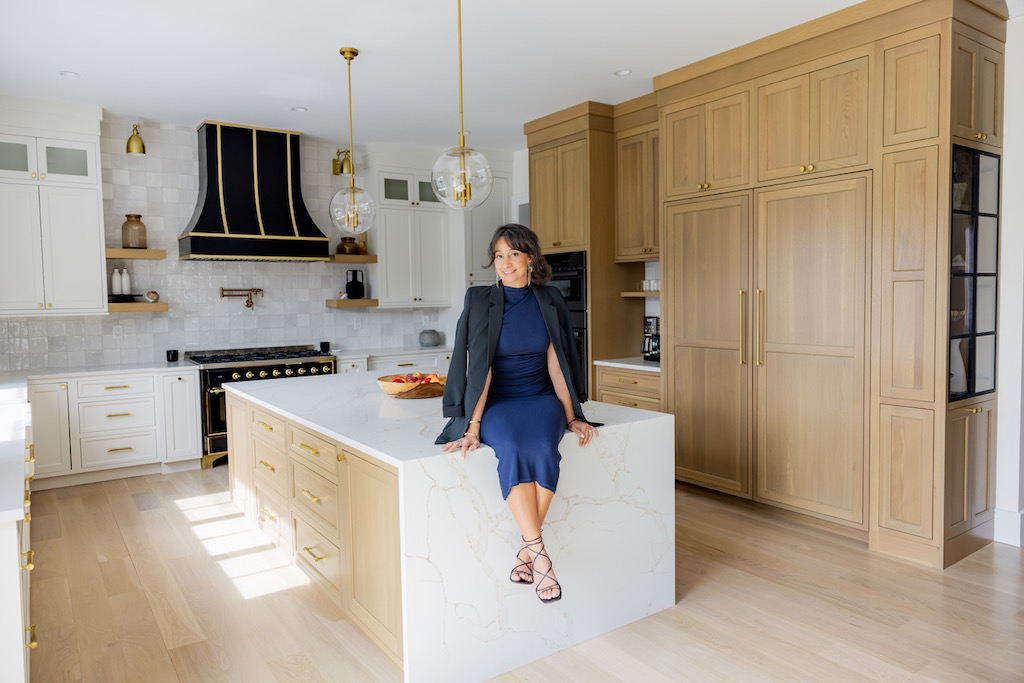Forget about antique tables and chairs–Andrew Chaille has brought high-end furniture into the 21st century with his contemporary carbon fiber designs. The material, previously only used by NASA and Formula 1, is paper-thin and 10 times stronger than steel, but five times lighter. “I can literally do anything with this material,” Chaille says. “The design capabilities are endless.”
The 26-year-old's unique product line is grabbing the attention of luxury buyers and corporations. He has just introduced innovative technology to a sector rarely regarded as cutting-edge—the furniture industry—and people are paying attention.
A Miami native with degrees in mechanical engineering and business administration from Northeastern University, Chaille serendipitously discovered a way for his passion for designing and constructing original works to collide with his enthusiasm for luxury cars. Studying design for over a decade eventually spurred his obsession with carbon fiber and “its unbound potential,” leading him to conduct years of intense research on the material. His work culminated in 2013, when he founded his business Chaille Industries.
An extremely expensive and time-consuming process, the creation of carbon fiber furniture is a multi-week process that begins with a simple client meeting. Chaille’s line of furniture, The Sans Pareil Collection, offers sleek, durable outdoor living pieces, but many of Chaille’s designs are custom creations to fit the vision and needs of his clients.
Characterizing his creations as “sleek, simple, and timeless,” Chaille, who grew up on the water, blatantly imbues his fascination with the outdoors in his designs. “The soft, fluid lines, simple curves, and a continuous flow to the pieces mimic those found in nature,” he says.
While consumers are willing to spend thousands on other luxury items, Chaille is confident his handcrafted works will also be popular among the wealthy, explaining the mentality behind owning something of such value in saying, “It is the same reason one would invest in an expensive car or a piece of art. You are investing in the longevity, the quality, the uniqueness, the craftsmanship, and the feeling. You are not simply purchasing a piece of furniture, but an exclusive experience.”
Below, Chaille explains the detailed process of custom creating carbon fiber furniture, from concept design to delivery:
"The process starts with studying. I study a variety of different industries to gain inspiration. I also find inspiration in nature and the shapes and curves of the human body. For the last piece, I studied things such as ergonomics and anatomy to gain better understanding of the human body and how it works.
I then begin the design process, hand-sketching hundreds of concepts before getting to my final design. I feel it is imperative to begin by drawing by hand versus using a computer program; there is a certain connection one feels when hand-sketching that cannot be fulfilled when using a 3-D program. Once the final design is chosen and the dimensions are finalized, it is imported to a 3-D computer program for further inspection and final analysis. A mold is created using the 3-D program as a template to ensure pinpoint accuracy. Once the mold is created and inspected, the furniture is ready to be constructed.
To start, carbon fiber sheets are carefully cut and laid into the mold. This is truly an art form. It takes several hours to lay the carbon fiber sheets in a way to ensure strength and rigidity in the areas needed. The sheets must be perfectly aligned for the pattern to be aesthetically flawless.
After the carbon fiber is laid into the mold, it is sealed and placed into an autoclave: a machine that bakes the piece under high pressure and heat to ensure the lightest, strongest and highest quality product is made. This process is extremely expensive and time-consuming, however, necessary in order to achieve the best result. Once the autoclave process is complete, the piece is inspected for minor flaws and inconsistencies in the weave. Once approved, it is sent to the painting area.
Each piece is hand-painted to the client’s requests. This paint process takes over 40 man hours to complete. The piece is hand-sanded and painted multiple times to get a finished product displaying the highest quality finish. It is difficult to properly execute this task. Ensuring the carbon fiber is not damaged in the process takes great finesse and skill.
Once the paint process is complete, the quality control department reviews each piece with strict guidelines before being approved for final delivery.
At the end of this multi-week process, the client will receive nothing but the finest handcrafted art piece."
Visit chailleind.com to view products and learn more.
Photos courtesy of Chaille Industries.







